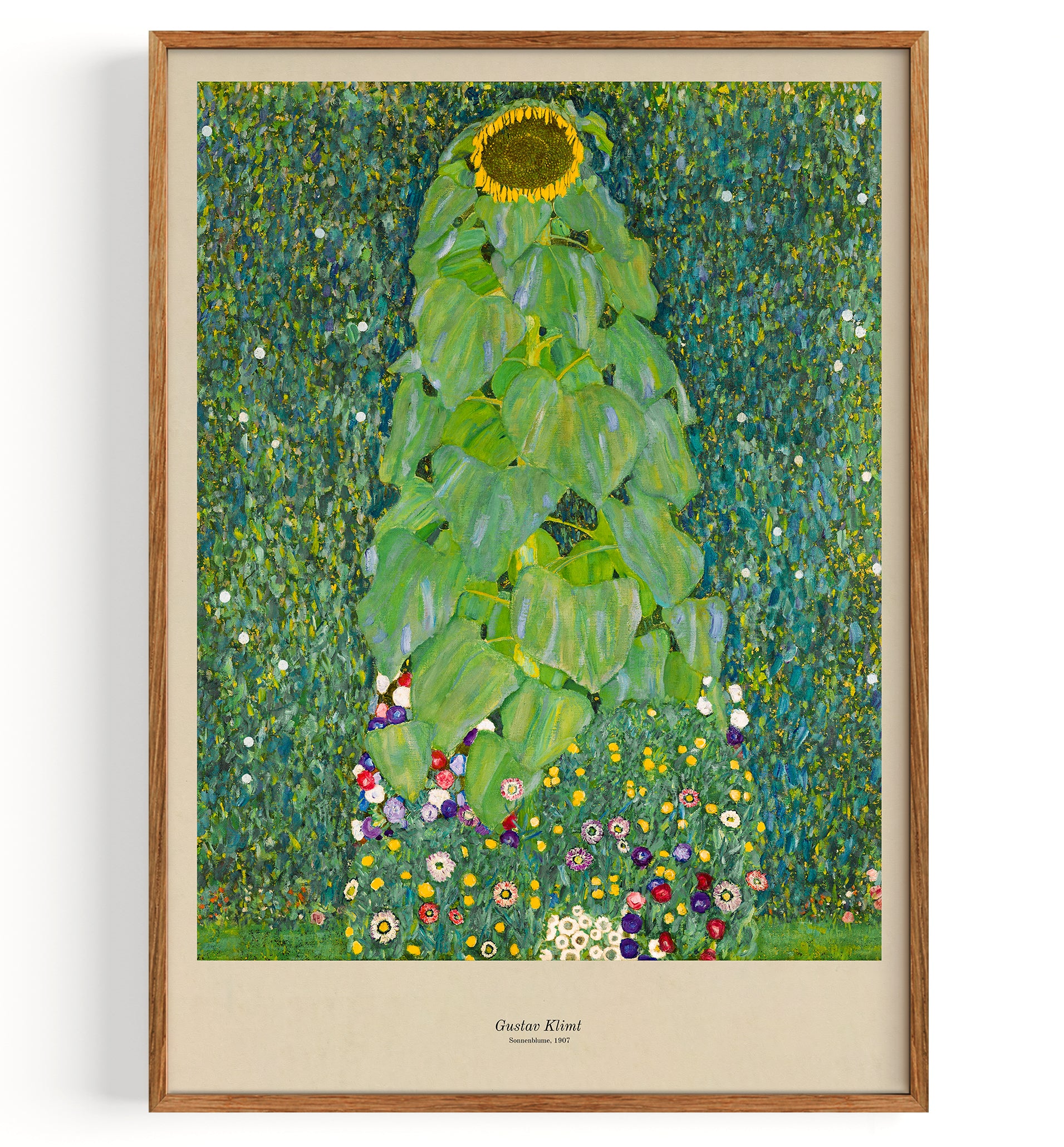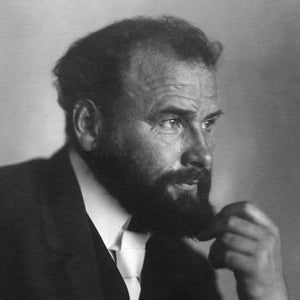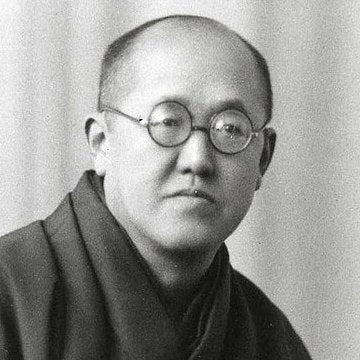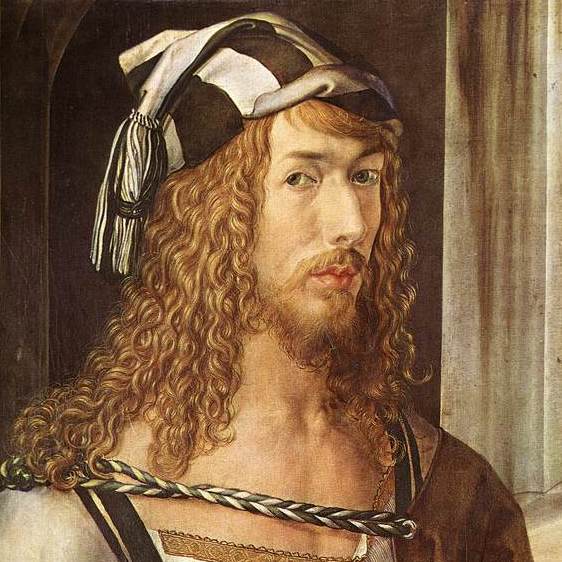
 Forêt de bouleaux (1902)
Forêt de bouleaux (1902)Forêt de bouleaux (1902)
Gustav Klimt
Prix normal 19,00€+Prix à l'unité par Jardin de chalet avec tournesols (1907)
Jardin de chalet avec tournesols (1907)Jardin de chalet avec tournesols (1907)
Gustav Klimt
Prix normal 19,00€+Prix à l'unité par


Gustav Klimt
Gustav Klimt : un maître des rêves dorés
Dans le monde éblouissant de la Vienne du tournant du siècle, où les cafés servaient de vivier intellectuel et où l'air était rempli de la mélodie des valses, un artiste est apparu dont l'œuvre a brisé les frontières du conventionnel et a plongé le monde de l'art dans une frénésie dorée. Gustav Klimt, né le 14 juillet 1862 à Baumgarten, une banlieue de Vienne, n'était pas seulement un peintre, mais un visionnaire qui a révolutionné l'art de son temps et continue de fasciner les gens à ce jour.
Klimt a grandi dans une famille imprégnée de créativité. Son père Ernst Klimt était un graveur sur or, et il semble que Gustav ait hérité de lui son amour de la splendeur et de l'opulence. Son talent s'est révélé très tôt et, à l'âge de 14 ans, il a commencé sa formation à l'École des Arts et Métiers de Vienne. Il y apprend non seulement les techniques de la peinture, mais aussi l'art de la décoration, qui deviendra plus tard la marque de fabrique de ses œuvres.
Dans les années 1880, Klimt fonde avec son frère Ernst et son ami Franz Matsch une société d'artistes spécialisée dans la décoration de théâtres et de bâtiments publics. Mais la véritable percée eut lieu lorsque Klimt cofonda la Sécession viennoise en 1897, une association d'artistes qui s'opposait aux courants conservateurs de l'art académique. La Sécession était un appel au renouveau, et Klimt en devint le premier président.
L'œuvre de Klimt se caractérise par un mélange unique de symbolisme et d'Art nouveau, un mouvement caractérisé par des lignes courbes, des motifs floraux et un penchant pour le décoratif. Mais c’est sa « période dorée » qui l’a rendu immortel. Durant cette phase, qui débute vers 1900, il crée certaines de ses œuvres les plus célèbres, parmi lesquelles « Le Baiser » et « Portrait d’Adèle Bloch-Bauer I ». Ces tableaux ne sont pas seulement des chefs-d'œuvre de la peinture, mais aussi un festin pour les sens, dans lequel l'or et la couleur fusionnent dans une danse harmonieuse.
Les portraits de femmes de Klimt ont un attrait presque hypnotique. Ils sont mystérieux, sensuels et souvent enveloppés d’une aura d’inaccessibilité. Ses représentations de femmes ne sont pas seulement esthétiques, mais expriment également une profonde admiration et un profond respect pour le féminin. Klimt lui-même a dit un jour : « Quiconque veut savoir quelque chose sur moi – en tant qu’artiste, la seule chose importante – devrait regarder attentivement mes tableaux et essayer de reconnaître qui je suis et ce que je veux. »
Mais la vie de Klimt ne fut pas seulement marquée par le succès artistique. C'était un homme de contradictions, un solitaire qui évitait la société mais qui en était néanmoins entouré. Sa vie privée a été marquée par de nombreuses liaisons, et on raconte qu'il était le père d'au moins 14 enfants illégitimes. Malgré sa nature solitaire, il était un aimant pour les femmes de la société viennoise qui étaient attirées par son charisme.
L’influence de Klimt sur le monde de l’art est indéniable. Ses œuvres se trouvent aujourd’hui dans les musées les plus prestigieux du monde et atteignent des prix records lors des ventes aux enchères. Mais son héritage va au-delà de la valeur matérielle. Il a redéfini l’art de son temps et construit un pont entre tradition et modernité. Ses images sont une fenêtre sur un monde de rêve où les frontières entre réalité et fantaisie s’estompent.
Le 6 février 1918, Gustav Klimt meurt à Vienne des suites d'un accident vasculaire cérébral. Mais son esprit survit dans ses œuvres, qui nous captivent encore aujourd’hui. Klimt était un maître des rêves dorés, un artiste qui recherchait et trouvait la beauté dans sa forme la plus pure. Ses peintures témoignent de sa recherche inlassable du beau et du sublime, et nous rappellent que l’art ne doit pas seulement être vu, mais aussi ressenti.












